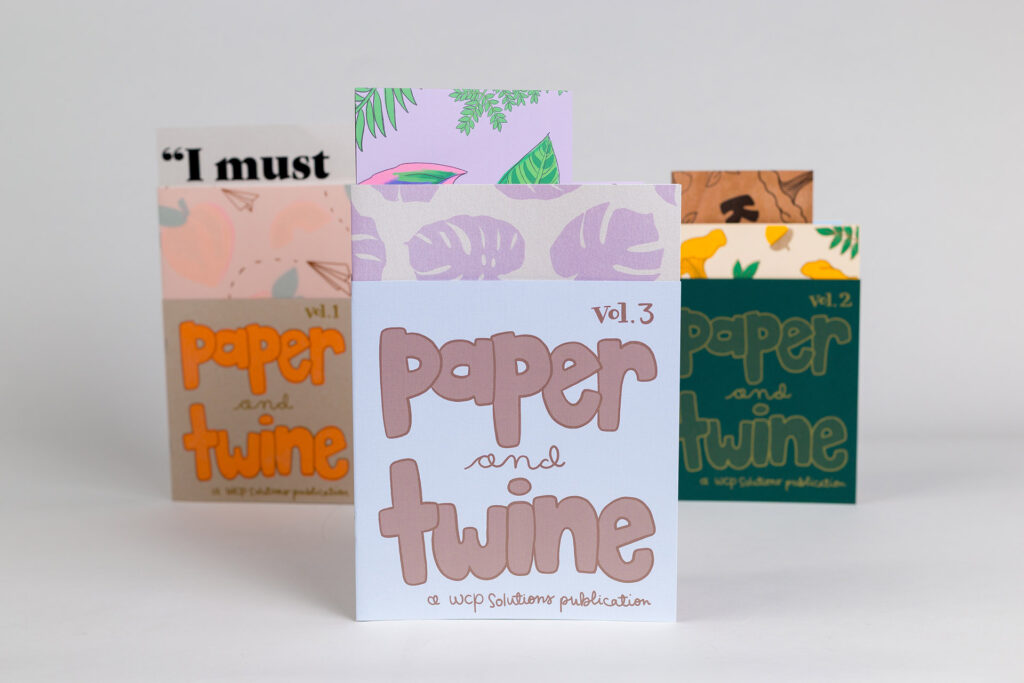Paper 101: Envelope Types
The Different Types of Envelopes
Even though we live in a world that is becoming more and more digitized, the demand for envelopes is still high, whether it is to enclose a birthday card or a credit card statement. But do you know the purposes for each of the different types of envelopes and how to differentiate them? Below is an explanation of some of the types of envelopes and their characteristics.
- Announcement
- Baronial
- Square
- Commercial
- Booklet
- Catalog
Announcement Envelopes: Announcement or “A-Style” envelopes are most commonly used for announcements, brochures, invitations, cards, and promotional pieces. They are characterized by a square flap, the horizontal edge being the longest side, and come in a range of sizes. Below are the size ranges typically used for Announcement Envelopes.
- 4 ⅜ x 5 ¾
- 4 ¾ x 6 ½
- 5 ¼ x 7 ¼
- 5 ½ x 8 ⅛
- 6 x 9 ½
- 3 ⅞ x 8 ⅞
Baronial Envelopes: Baronial Envelopes are considered to be more formal than Announcement Envelopes and are distinguished by a deeper, pointed flap. Typically, these envelopes are used for invitations, announcements, and greeting cards. They can come in a range of sizes, colors, and textures. Below are the four standard sizes of Baronial Envelopes.
- 3 ⅝ x 6 ⅛
- 4 ⅜ x 5 ¾
- 4 ¾ x 6 ½
- 5 ¼ x 7 ¼
Square Envelopes: Square Envelopes are used for advertising material, announcements, invitations, and specialty greeting cards. Like A-style Envelopes, Square Envelopes have a square flap and its vertical edge is the longest side. They also come in a broad range of sizes, which typically include:
- 5 x 5
- 5 ½ x 5 ½
- 6 x 6
- 6 ½ x 6 ½
- 7 x7
- 7 ½ x 7 ½
- 8 x 8
- 8 ½ x 8 ½
Commercial Envelopes: Commercial Envelopes are mostly used for business correspondence such as credit card statements and insurance bills. They come in sizes between 3 ½” x 6” to 5” x 11 ½”. The flaps on these envelopes can range from square, commercial, and policy and some styles come in options that have a window. The way they are sealed can also vary. Some have an adhesive that is activated through moisture or has a peel-and-seal. There are three different types of Commercial Envelopes:
- Square Flap: Square flap Commercial Envelopes are used to add contemporary flair. The envelopes are usually suited for engraving, thermography, and other printing processes. However, keep in mind that this style of envelopes is not recommended for automatic insertion equipment.
- Policy Flap: Policy flap Commercial Envelopes have a wide opening on the short side of the envelope and are used for marketing materials and invitations. Their sizes can range from as small as 4 ⅛” x 9 ½” to as large as 5” x 11 ½”.
- DL International: DL International Commercial Envelopes are used for confidential correspondence. The envelopes ensure maximum opacity to protect the information inside.
Booklet Envelopes: Booklet Envelopes are typically larger than your standard envelopes and are used for announcements, booklets, and catalogs. The opening is on the long-side, making it ideal for automatic insertion equipment. The envelopes can also come with peel-and-seal or square flaps. The two standard sizes for Booklet Envelopes come in sizes ranging from 4 ¾” x 6 ½” to 10” x 13”. Catalog Envelopes: Catalog Envelopes are good for sales presentations, leave-behind presentations, when you are mailing multiple documents, and extensive written printed documents. The middle seam makes them more durable for such correspondences. The standard sizes come in a range from 5 ½” x 7 ½” to 24” x 30”.
WCP Envelope Poster
WCP also has US Office envelope size chart posters available. Whenever you are wanting to check the size envelope you have, all you will need to do is hold it up to the size chart. Each envelope size on the post is true to size. This chart can not only help determine the size of the envelope you already have but also know what size of envelope you will need to enclose your print media. Below is an example of the poster.

Click hUS-Office-Envelope-Poster-Chartere to download a digital copy or contact your local WCP Account Manager to receive a physical copy.
Source: Guide to Different Envelope Types by Neenah Paper



